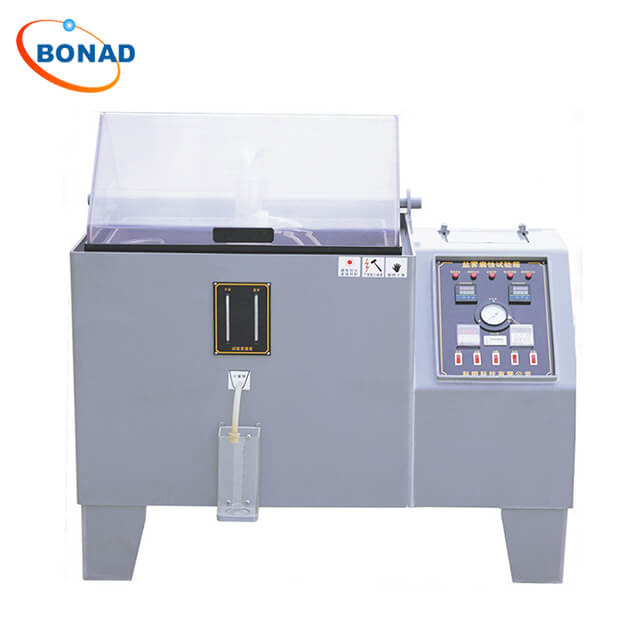Understanding Salt Spray Testing
Salt spray testing, also referred to as salt-fog or corrosion testing, is a method used to assess the corrosion resistance of various materials. This test evaluates how well materials and electrical components withstand exposure to a humid, salty environment.
Industries that frequently deal with corrosive environments, such as those located in coastal regions or industrial areas, find this type of testing essential. Sectors like automotive, consumer electronics, railway, and aerospace industries often require salt spray testing.
The controlled environment within a salt spray chamber ensures consistent and repeatable conditions, which are crucial for obtaining accurate and reliable results. Ready to begin? Request a quote today and ensure all your testing needs are met under one roof.
The Importance of Salt Spray Testing
Salt is one of the most pervasive chemical compounds globally and is nearly impossible to avoid. Coastal regions experience the most severe effects of salt fog.
The impact of a corrosive atmosphere on materials can be categorized into three main effects:
- Corrosion Effects
- Electrochemical reaction-induced corrosion.
- Accelerated stress corrosion.
- Formation of acidic or alkaline solutions due to salt ionization in water.
- Electrical Effects
- Deterioration of electrical materials from salt deposits.
- Creation of conductive coatings.
- Corrosion affecting insulating materials and metals.
- Physical Effects
- Clogging or binding of mechanical components.
- Blistering of paint caused by electrolysis.
Commonly tested coatings include steel, brass, and zamak. The salt spray test accelerates the process of corrosion within a specialized chamber that controls the amount of salt fog, its concentration, and pH levels. Different coatings exhibit varying behaviors and thus require different testing durations.
Conducting Salt Spray Corrosion Testing
Requirements for Corrosion Testing
Salt spray testing aims to simulate and accelerate the corrosive effects typical in salty, humid environments. This is achieved in specialized chambers designed to precisely control various parameters for consistent results.
Chamber Environment Parameters:
- Salt Concentration: Typically uses a 5% sodium chloride solution, adjustable as per test requirements.
- Fog Amount: A uniformly distributed mist ensures consistent exposure.
- pH Levels: Maintained between 6.5 and 7.2 to mimic natural seawater.
- Temperature: Kept at 35°C (95°F) to accelerate corrosion without damaging specimens.
Duration of Salt Fog Testing
The exposure duration for a material or unit subjected to a salt solution is agreed upon between the manufacturer and the testing laboratory. Testing can last from 24 hours up to 1,000 hours; however, most common tests range from 48 to 72 hours. Depending on specific needs, units may be regularly monitored for signs of corrosion or material degradation.
Evaluation and Results
Post-testing evaluation involves visually inspecting specimens for signs of corrosion like rust, pitting, or blistering of coatings. Additionally, an operational function check ensures that mechanical and electrical components still operate correctly after exposure to the corrosive environment.
BONAD’s Advanced Salt Spray Test Chambers
BONAD’s salt spray test chambers comply with IEC 60068-2-11 standards. These chambers are capable of performing various types of salt spray tests as described in popular test specifications.
Beyond finely calibrated standard chambers, BONAD offers customizable extra-large chambers designed to accommodate larger equipment such as automobiles, drones, and heavy machinery. If your device doesn’t fit into a traditional chamber, our engineering team will work with you to find an appropriate solution.



